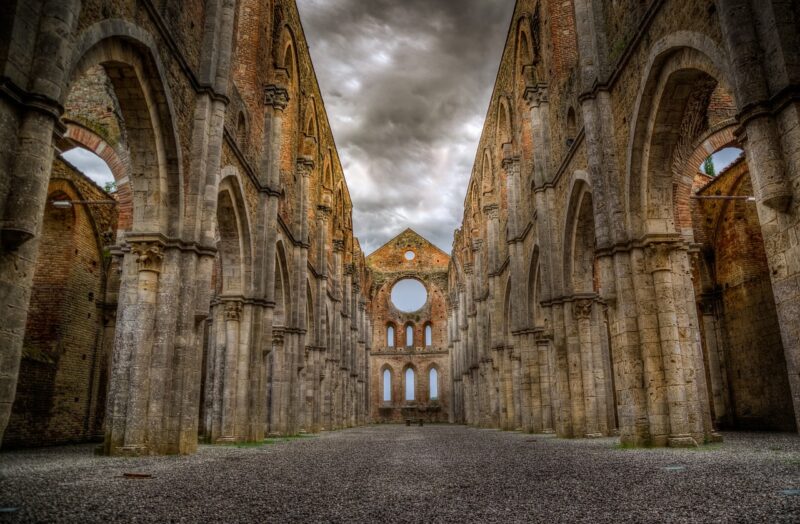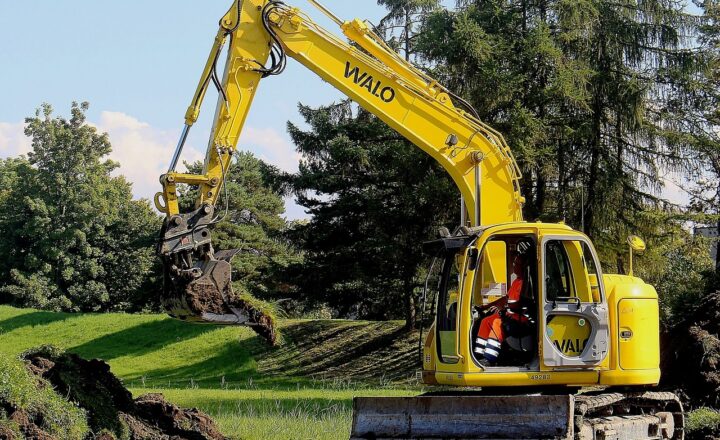The Fascinating History of the World’s Most Mysterious Lost Civilizations
November 16, 2024

Throughout history, humankind has built remarkable societies, many of which have disappeared without a trace. These lost civilizations are shrouded in mystery and intrigue, fueling our deepest curiosities and inspiring tales of adventure and archaeological exploration. In this article, we will delve into the fascinating history of some of the world’s most enigmatic lost civilizations, uncovering their legacies and the mysteries surrounding their demise.
1. The Indus Valley Civilization
The Indus Valley Civilization (IVC), which flourished around 2500 BC in what is now Pakistan and northwest India, is renowned for its advanced urban planning, sophisticated drainage systems, and remarkably uniform architecture. Cities like Harappa and Mohenjo-Daro exhibit a high level of organization, featuring grid layouts, residential houses, and public baths.
However, around 1900 BC, this vibrant civilization began to decline, and by 1300 BC, it had vanished. The reasons for its decline remain speculative, but potential factors include climatic changes, river shifts, and possible invasions. The inability to decipher the Indus script has left much of their culture and knowledge lost to time, sparking interest among researchers.
2. The Minoan Civilization
The Minoans, who inhabited the island of Crete from approximately 3000 to 1450 BC, are credited with being one of Europe’s first advanced civilizations. They are famous for their exquisite art, complex palaces like Knossos, and their contributions to trade and maritime prowess across the Mediterranean Sea.
The Minoan civilization abruptly collapsed around 1450 BC, likely due to a combination of natural disasters—including volcanic eruptions and seismic activity—as well as invasions by the Mycenaeans from mainland Greece. The disappearance of the Minoans is steeped in legend, with stories of Minotaurs and labyrinths adding to their allure.
3. The Olmec Civilization
Known as the “mother culture” of Mesoamerica, the Olmec civilization thrived between 1200 and 400 BC in present-day Mexico. Characterized by colossal head sculptures, intricate jade work, and an early form of writing and calendar systems, they set the groundwork for subsequent cultures like the Maya and the Aztecs.
By 400 BC, the Olmec civilization began to fade, and while the precise reasons for their decline remain elusive—ranging from ecological factors to possible conflicts—their impact on Mesoamerican cultures continues to be profound. Many aspects of their art and culture can be traced through later civilizations.
4. The Nazca Civilization
The Nazca civilization flourished along the southern coast of Peru between 100 BC and 800 AD, most renowned for the dramatic Nazca Lines—massive geoglyphs etched into the desert that depict animals, plants, and geometric shapes. These enigmatic drawings, visible only from the air, raise questions about their purpose—ranging from astronomical calendars to religious rituals.
Despite their artistic prowess, the Nazca civilization ultimately declined, likely due to environmental changes and resource depletion. The mysterious geoglyphs remain a significant focus of study, capturing the imagination of scientists and travelers alike.
5. The Ancestral Puebloans
The Ancestral Puebloans, also known as the Anasazi, thrived in the Four Corners region of the United States from AD 100 to 1300. Renowned for their architectural marvels, including cliff dwellings and multi-story adobe structures in places like Mesa Verde and Chaco Canyon, they exhibited advanced agricultural techniques and participated in long-distance trade.
Yet by the 13th century, this intricate society began to disappear from the region, with theories pointing to prolonged droughts, resource mismanagement, and social upheaval. The descendants of the Ancestral Puebloans, including contemporary Native American tribes, continue to honor their rich heritage and history.
6. The Khmer Empire
Once one of the most powerful empires in Southeast Asia, the Khmer Empire thrived from the 9th to the 15th centuries in what is now Cambodia. Known for its majestic temples, including the world-famous Angkor Wat, this civilization showcased remarkable engineering skills and mastery of aquaculture.
Despite its cultural and architectural zenith, the Khmer Empire faced rapid decline by the end of the 14th century, showing signs of political instability, ecological challenges, and even the pressures from neighboring kingdoms. Today, Angkor remains a powerful symbol of forgotten glory, attracting millions of tourists and scholars each year.
7. The Sumerians
The Sumerian civilization, considered one of the world’s earliest known cultures, arose in ancient Mesopotamia (modern-day Iraq) around 4500 BC. They are credited with creating one of the first systems of writing—cuneiform—as well as advancements in mathematics, astronomy, and architecture.
The Sumerians saw significant urban development, leading to the establishment of influential city-states like Ur and Babylon. By around 2000 BC, the Sumerian civilization began to decline, overshadowed by the rise of the Akkadian Empire and other neighboring cultures. Their innovations, however, laid the foundation for future civilizations including the Babylonians and Assyrians.
Conclusion
Lost civilizations fascinate us not merely for their mysteries, but for the lessons they teach us about human innovation, adaptability, and the impermanence of societal success. By studying these ancient cultures, we glean insights into the potential futures of our civilizations, including the risks posed by environmental changes, resource depletion, and social unrest. As scholarly research and new archaeological discoveries continue to unfold, we unravel the rich tapestry of our shared human history, reminding us of the ever-present potential for both greatness and disappearance.
Whether through groundbreaking technologies or ancient wisdom, understanding the legacies of lost civilizations enriches our perception of humankind’s journey through time and the challenges we face today.







